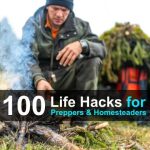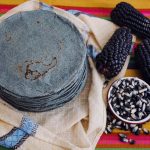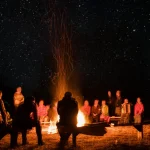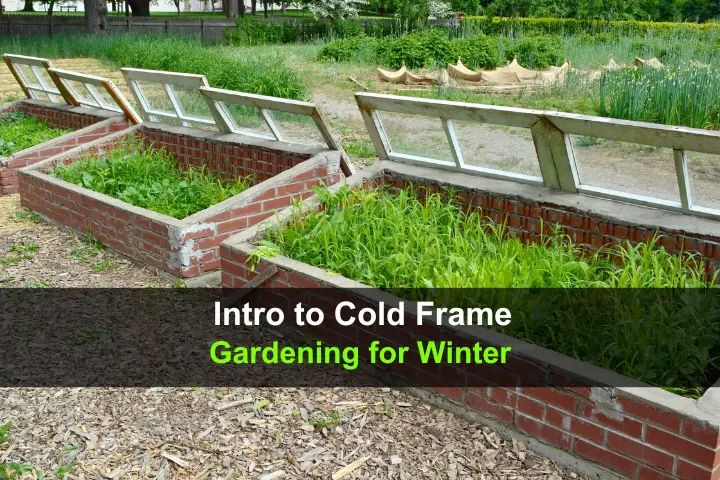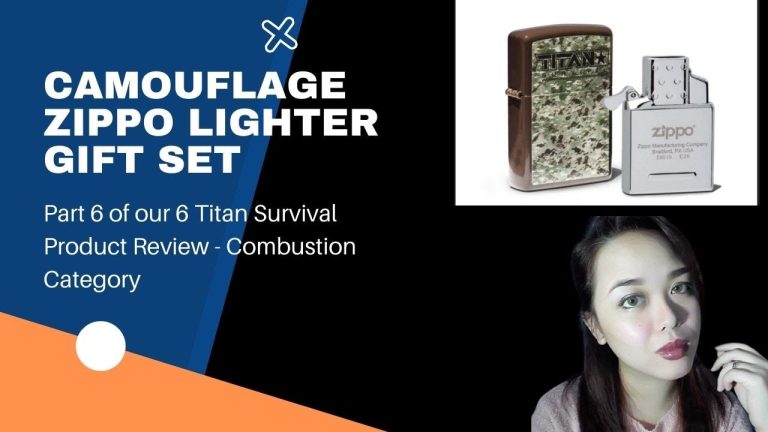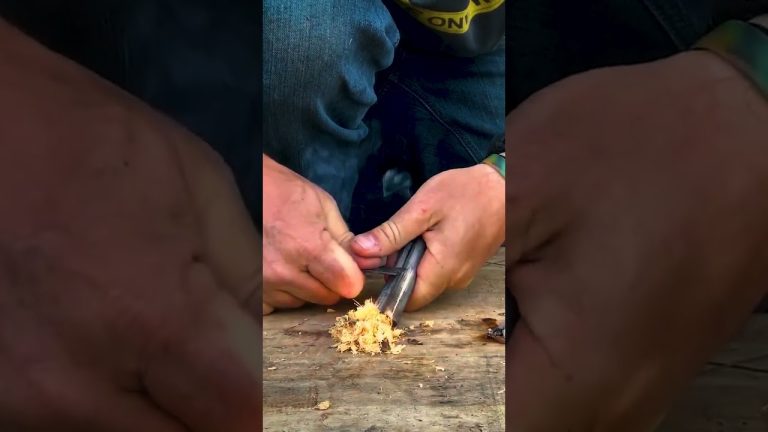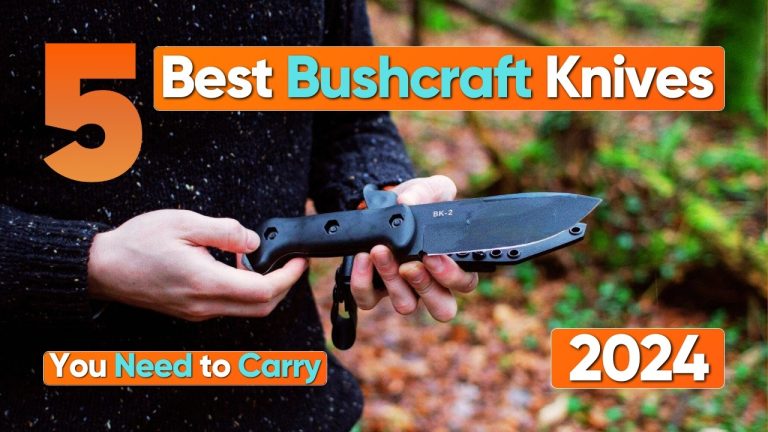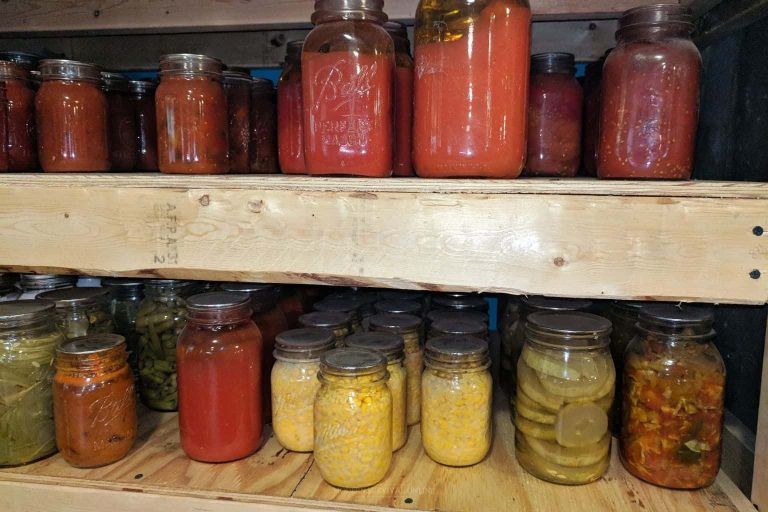Author: admin
Permaculture in Iceland – Update from January: Growing many perennial species indoors!
Hi everyone! Its January in Iceland, and it has been four months since I have been ordering items for my seed collection and attempting to germinate them. Then, with artificial lights, the challenge is to keep them alive and well, over the dark Icelandic winter. Since the day is only around 3 hours now, I keep the seedlings indoors, with four conventional energy saving fluorescent bulbs. I switch them on 14 hours during the day, and switch off when I go sleep. I also have cheap geothermal hot water (a blessing of Iceland) for radiators above which I try to germinate the tropical species (such as dates, palms, pigeon peas, jícama), in mixtures of…
Permaculture in Iceland – Update from January: Growing many perennial species indoors!
Hi everyone! Its January in Iceland, and it has been four months since I have been ordering items for my seed collection and attempting to germinate them. Then, with artificial lights, the challenge is to keep them alive and well, over the dark Icelandic winter. Since the day is only around 3 hours now, I keep the seedlings indoors, with four conventional energy saving fluorescent bulbs. I switch them on 14 hours during the day, and switch off when I go sleep. I also have cheap geothermal hot water (a blessing of Iceland) for radiators above which I try to germinate the tropical species (such as dates…
100{660353129f8d892044c993645a1c75194301fec6786a7f617c15adde0b0011e9} Food Self-sufficiency, part III – Using polycultures
I am planning 7 patches for experimental polycultures for next summer. It is heavily focused in cereals and pulses, because it is aimed towards plant self-sufficiency.Each patch has around 30m2 (about 320 square feet, 18 feet per 18 feet), to provide what I calculated to be the enough of my yearly seeds. Even if it is not enough, this is just a first trial.This is also aimed at a great diversity of annuals. So these are 7 patches, during summer season: Patch 1: the 3 sisters: corn, runner beans, pumpkin (perhaps amaranth and sunflowers) Patch 2: modified 3 sisters (requires less water): sorghum, cowpeas, sweet potatoes, tomatoes, bell peppers, chia Patch 3: similar to last but different species: millet, peanuts, mung beans, sesame Patch 4: the rice patch …
100{660353129f8d892044c993645a1c75194301fec6786a7f617c15adde0b0011e9} Food Self-sufficiency, part II – how much area is required?
This thread was the result of a long work. Of course it is my personal perspective and estimate. Depending on what you eat, you might end up with different numbers. REQUIRED KG OF FOOD FOR 100{660353129f8d892044c993645a1c75194301fec6786a7f617c15adde0b0011e9} SELF-SUFFICIENCY I calculated myself to eat (these kg of food per year): 45 kg of cereal GRAINS: 15 kg of pasta (wheat flour), 15 kg of bread (made with wheat/rye), 15 kg of breakfast cereals (oats or rye porridge); based in eating one portion of 50g pasta per day, one portion of 40g breakfast cereals, and one piece of bread (35g), per day 20 kg POTATOES (two portions of week, each with 4 tubers) – but if you eat them daily, then…
Cold hardy edible palms – part II
Another cold hardy palm (down to -15ºC) is Jubaea chilensis (Chilean Wine Palm), that produces edible fruits (Coquito nuts). The tree is also an endangered species. Jubaea chilensis fruits Butia capitata (Jelly Palm) is another cold hardy palm (down to -10ºC), which has strong tasting edible fruits. This one has been cultivated in Virginia, US. Butia capitata fruits Ensete (Ensete ventricosum) is a highly cultivated edible in Africa (from Ethiopia to Congo). Its a banana relative. A few plants produce enough starch for a family (from its trunk). It can probably stand a few minor frosts, but it is better to dig it up and overwinter ensete inside a greenhouse. It probably grows permanently …
Cold hardy palms and coconuts
I was just fascinated by this astonishing cold hardy palm. Trachycarpus fortunei, native to the high mountains of India, Burma and China, near the Himalaians, is not only cold hardy to -20ºC (zone 6 or 7), but also grows well in climates with cold and rainy summers, such as the UK. It has even been experimented in the Faroe Islands and Alaska, and with success! Therefore, I very much want to try to grow it also here in Iceland, which is only slightly more north. The freezes here are more dramatic and very long, but the idea of having a palm growing in this polar island is very appealing and exotic! This palm is very …
Wild edible plants of the Arctic – So far north, so many options: lyme grass, silverweed, rumex, spruce…
In the Arctic climate, it is very difficult to grow grain, due to the short and cool summer. Grains often fail to become rippen, and this was the sort of thing that happened in the Middle Ages, during famines, when the summer would fail, in northern Europe. However, there are a few possibilities to grow some starch, at Arctic locations. One wild native plant to Iceland, Silverweed (Potentila anserina) is a strawberry-like creeping plant, that produces swollen roots, that can be cooked as if it would be pasta. However, it was mostly used as a famine food, since the roots are not …
Permaculture in Iceland – Update from January: Growing many perennial species indoors!
Hi everyone! Its January in Iceland, and it has been four months since I have been ordering items for my seed collection and attempting to germinate them. Then, with artificial lights, the challenge is to keep them alive and well, over the dark Icelandic winter. Since the day is only around 3 hours now, I keep the seedlings indoors, with four conventional energy saving fluorescent bulbs. I switch them on 14 hours during the day, and switch off when I go sleep. I also have cheap geothermal hot water (a blessing of Iceland) for radiators above which I try to germinate the tropical species (such as dates, palms, pigeon peas, jícama), in mixtures of peat and gravel, in a plastic kitchen box, sealed with saran wrap plastic, with…




